Harvesting Oranges: Learn When And How To Pick An Orange
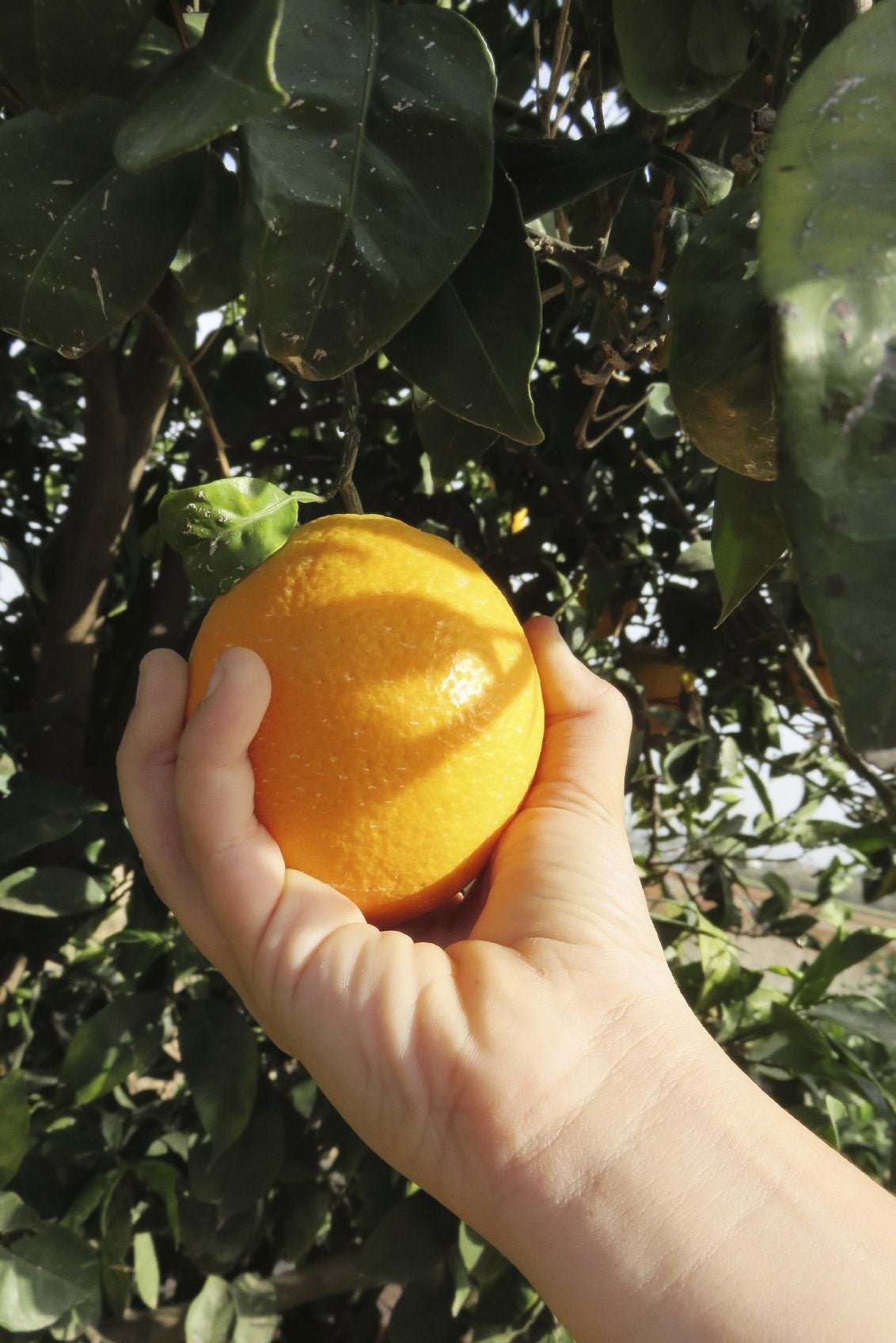
Oranges are easy to pluck from the tree; the trick is to know when to harvest an orange. If you have ever purchased oranges from the local grocer, you are well aware that uniform orange color is not necessarily an indicator of a delicious, juicy orange; the fruit is sometimes dyed, which makes things confusing. The same rule of thumb applies when harvesting oranges; color is not always a determining factor.
When to Harvest an Orange
Times for harvesting oranges vary depending upon the variety. Picking oranges may occur any time from as early as March to as late as December or January. It's helpful to know what variety of orange you have to determine the right time for picking oranges. To be more specific, these tips should help:
- Navel oranges are ready for harvest from November to June.
- Valencia oranges are ready in March into October.
- Cara Cara oranges ripen from December through May.
- Clementine oranges are ready in October as are Satsuma until December or January.
- Pineapple sweet oranges are ready for harvest from November to February.
As you can see, determining which type of orange you have gives you a hint as to when the fruit is ready. In general, most orange harvest takes place between late September and onward into early spring.
How to Harvest Oranges
Knowing how to pick an orange that is ripe can be tricky. As mentioned above, color is not always an indicator of an orange's ripeness. That said, you don't want to pick green fruit. In many cases, the ripe fruit will simply drop from the tree. Check the fruit for mold, fungus, or blemishes.
Choose an orange to harvest that smells sweet, fresh, and citrusy, not moldy. The surest way to check to see if an orange tree is ready to be picked is to taste one or two fruits before you harvest the entire tree. Remember, citrus does not continue to ripen once removed from the tree.
To harvest your oranges, simply grasp the ripe fruit in your hand and gently twist it until the stem detaches from the tree. If the fruit is too high, use a ladder to climb as far up as you can and shake the branches to loosen the fruit. Hopefully, the fruit will fall to the ground like citrus manna from heaven. If the skins of your oranges tend to be very thin and, thus, easily torn, it is best to use clippers to cut the stems.
Some varieties of oranges do well to just leave the ripe fruit on the tree for a few months longer instead of harvesting the entire tree at once. It's a great storage method and often the fruit just gets sweeter.
Gardening tips, videos, info and more delivered right to your inbox!
Sign up for the Gardening Know How newsletter today and receive a free copy of our e-book "How to Grow Delicious Tomatoes".
Go ahead and gather fruit that has dropped from the tree to the ground. Inspect it for broken skin. Discard any that have open wounds, but the rest of them should be just fine to eat. And that, citrus growers, is how to pick an orange.

Amy Grant has been gardening for 30 years and writing for 15. A professional chef and caterer, Amy's area of expertise is culinary gardening.
-
 Looking For Plants To Give You The Soft And Fuzzies? Try These 5 Fuzzy Leaf Plant Options
Looking For Plants To Give You The Soft And Fuzzies? Try These 5 Fuzzy Leaf Plant OptionsLovers of texture, drama, silver foliage and tactile plants will adore these special sensory garden additions. These fuzzy leaf plant options will leave you all aglow
By Susan Albert
-
 Get Ready For A Summer Of Hummers! Grow These Full Sun Hummingbird Plants and Flowers
Get Ready For A Summer Of Hummers! Grow These Full Sun Hummingbird Plants and FlowersIf you’re lucky enough to enjoy a sunny backyard, make sure you are maxing out on your pollinator opportunities and grow these full sun hummingbird plants and flowers
By Tonya Barnett
-
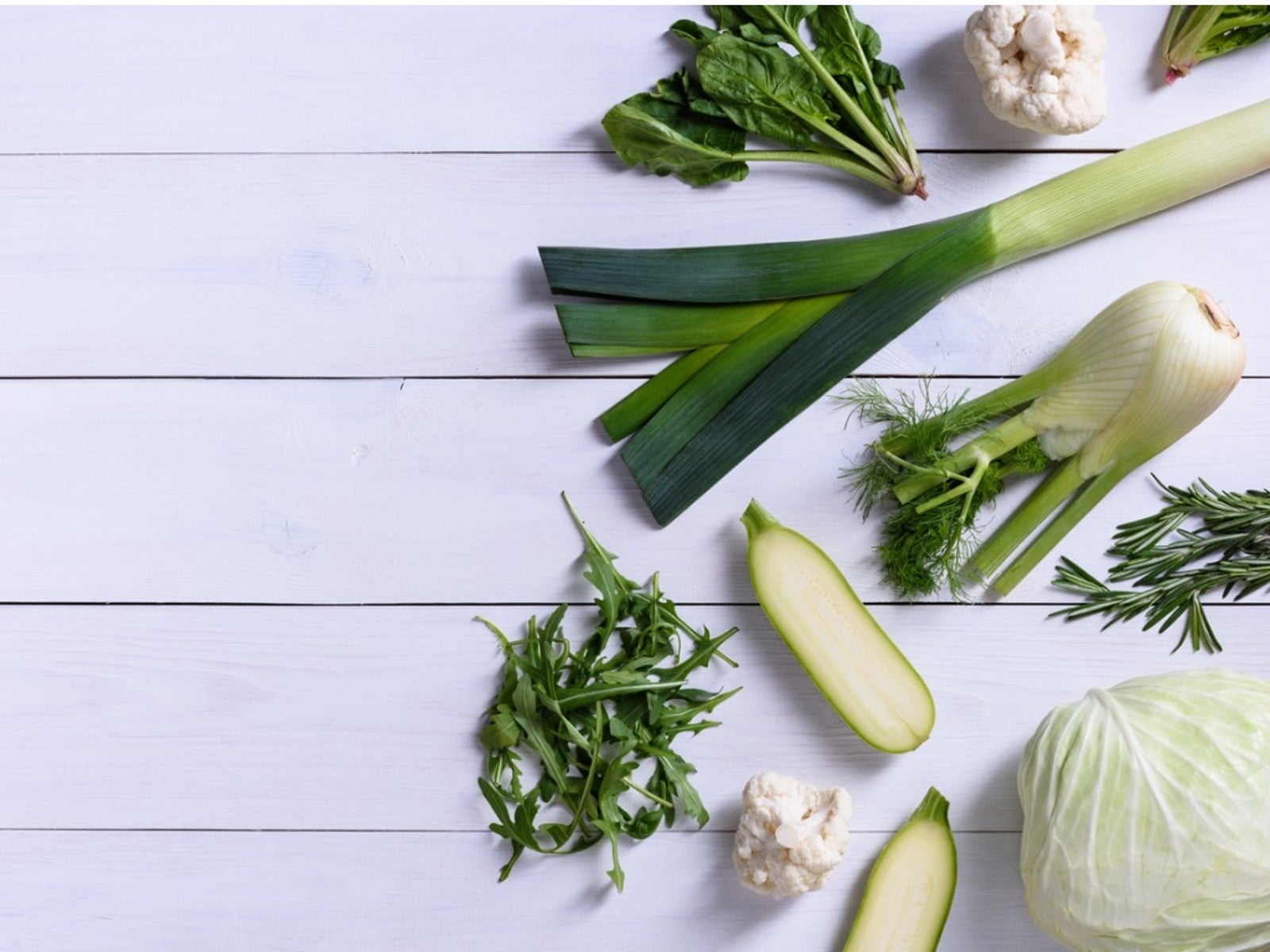 Plants For French Cuisine – Growing French Vegetables In Your Garden
Plants For French Cuisine – Growing French Vegetables In Your GardenA French potager is just a fancy way of saying kitchen garden. Try planting French herbs and vegetables, and in no time you'll be saying bon appétit as you serve your family.
By Bonnie L. Grant
-
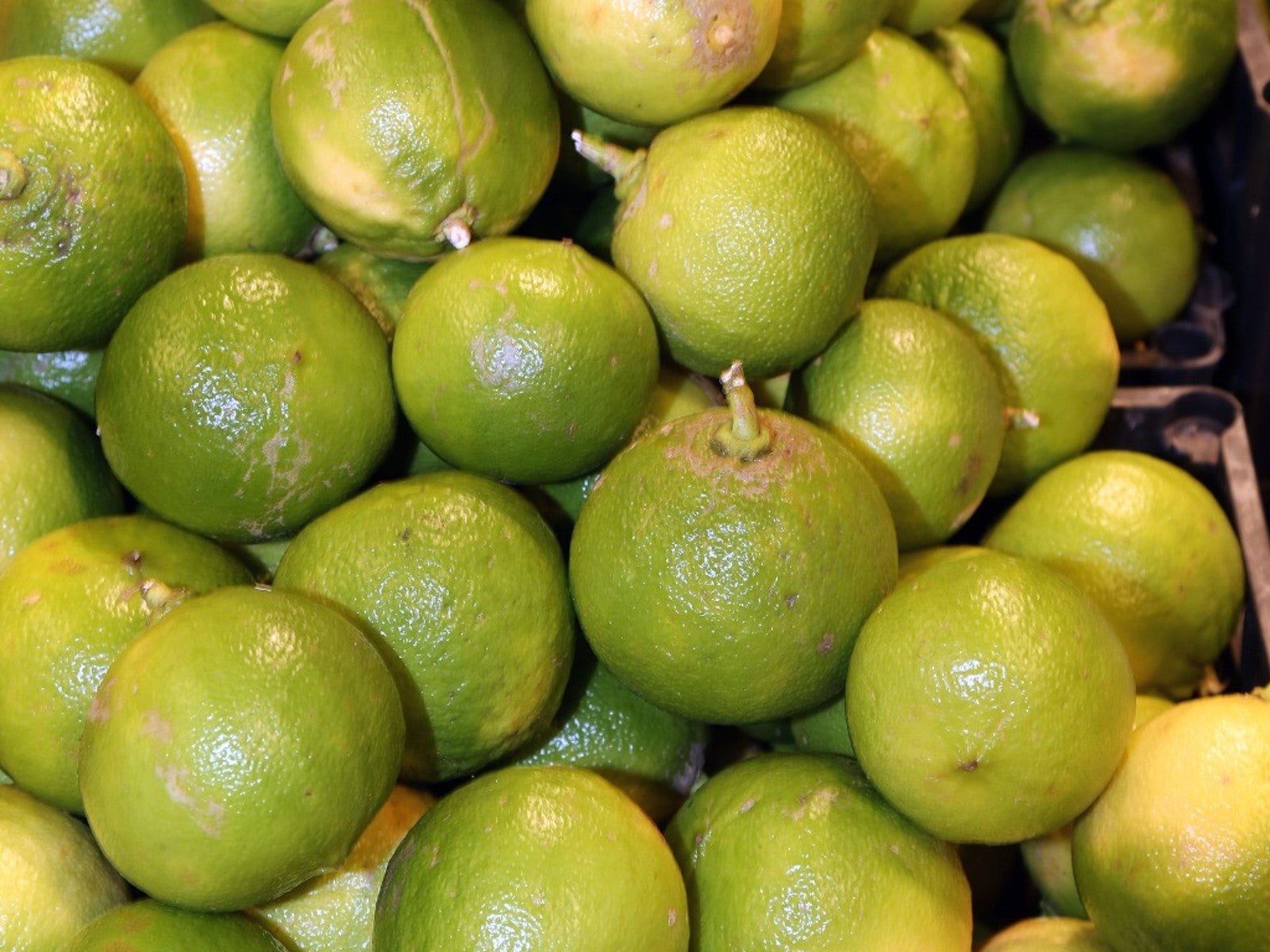 Bergamot Orange Growing Tips – Caring For A Bergamot Orange
Bergamot Orange Growing Tips – Caring For A Bergamot OrangeIf you have ever enjoyed a cup of Earl Grey tea, you know the aroma and flavor of the bergamot orange fruit. Read on for more.
By Mary Ellen Ellis
-
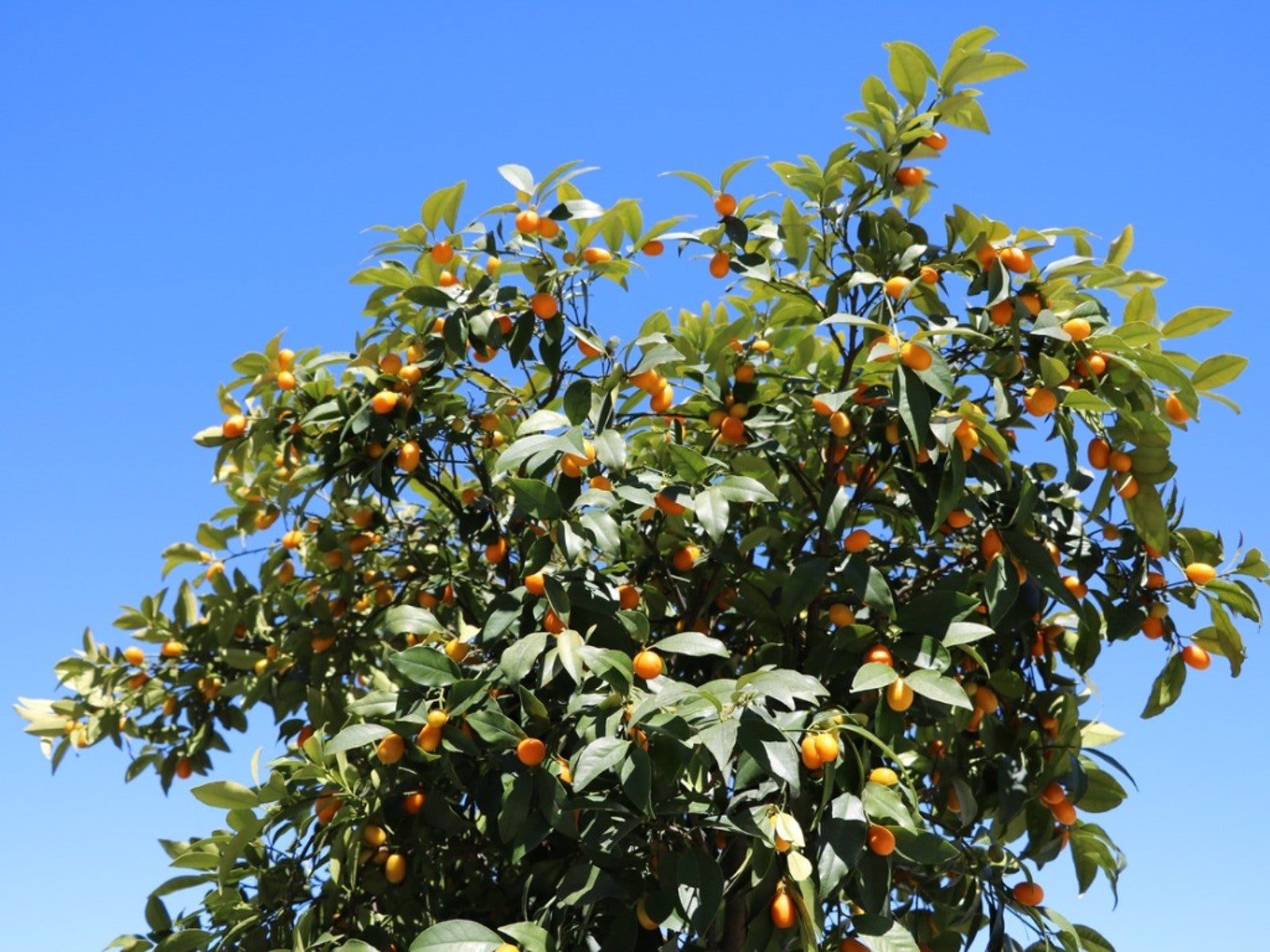 Trovita Dwarf Orange – How To Grow Trovita Orange Trees
Trovita Dwarf Orange – How To Grow Trovita Orange TreesTrovita dwarf orange is an orange tree that can be grown across a wide range of conditions, including indoors. Read on for more.
By Tonya Barnett
-
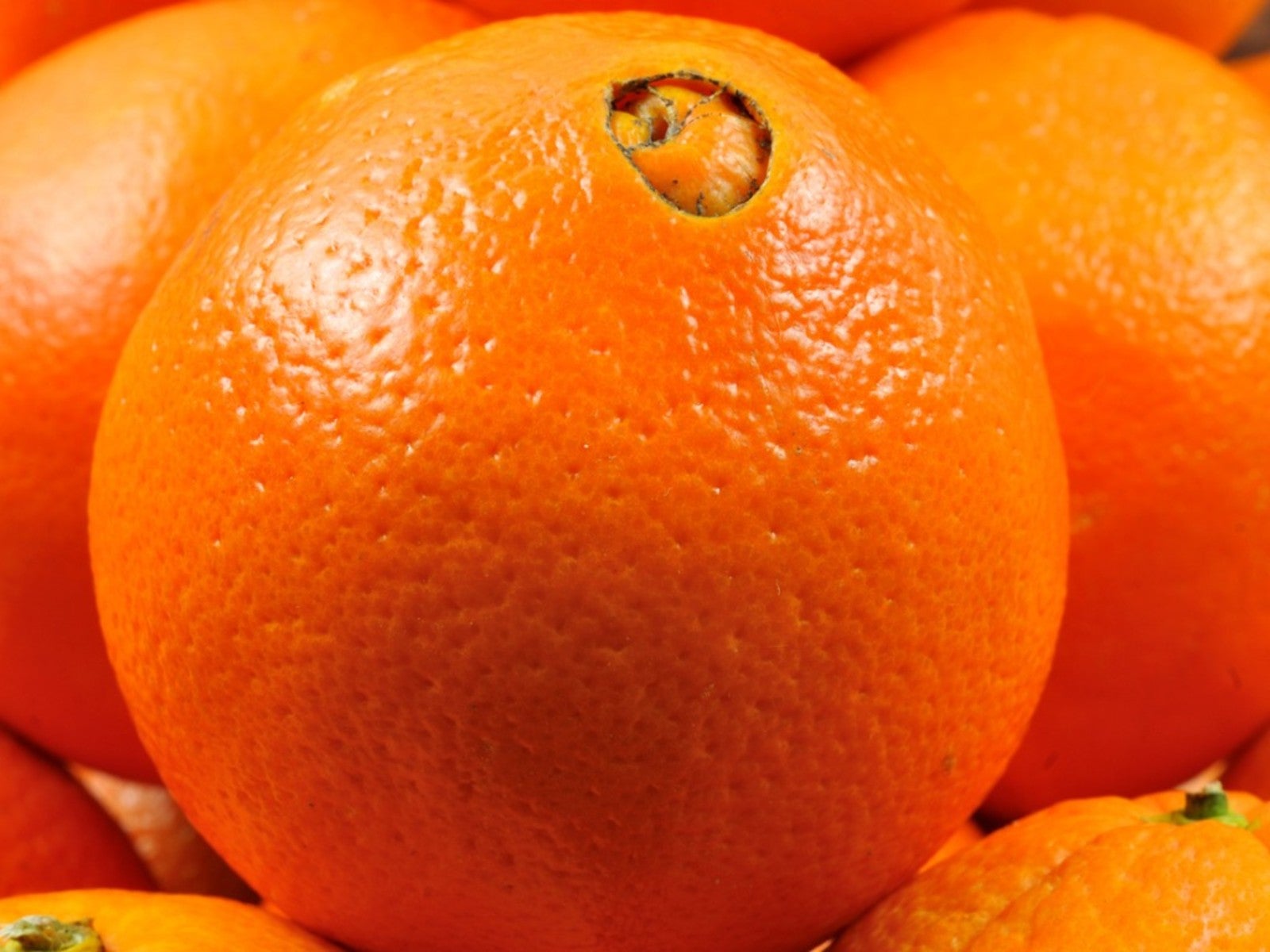 Growing Navel Oranges – Learn About Navel Orange Care
Growing Navel Oranges – Learn About Navel Orange CareSweet, delicious, and easy to peel, navel orange is easy to spot because of the partially formed, belly-button-shaped orange that grows at the bottom end of the fruit.
By Mary H. Dyer
-
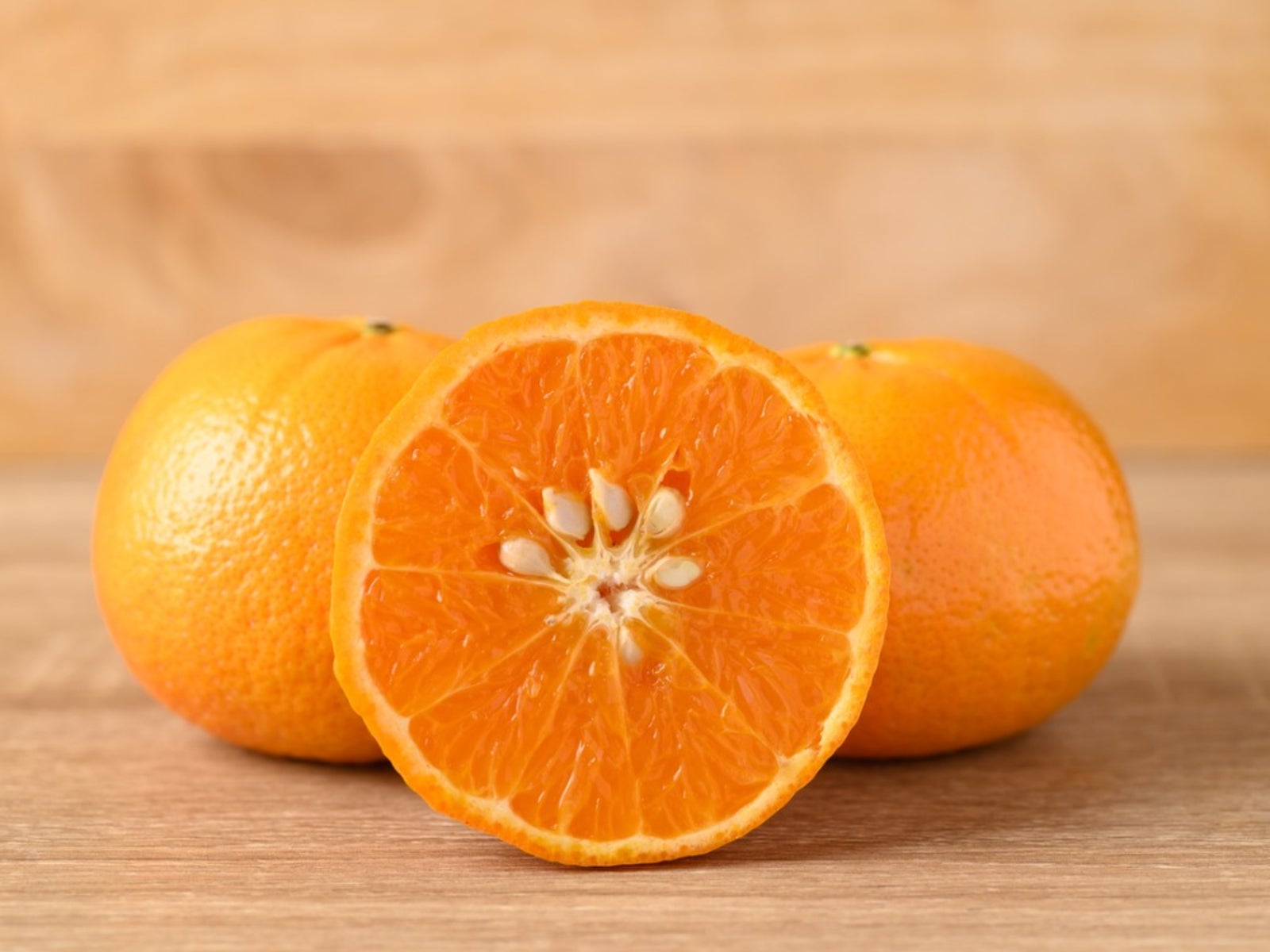 Can You Grow Store Bought Oranges - Planting Grocery Store Orange Seeds
Can You Grow Store Bought Oranges - Planting Grocery Store Orange SeedsAnyone looking for a cool indoor gardening project may want to try growing an orange tree from seeds. Click here to learn how.
By Teo Spengler
-
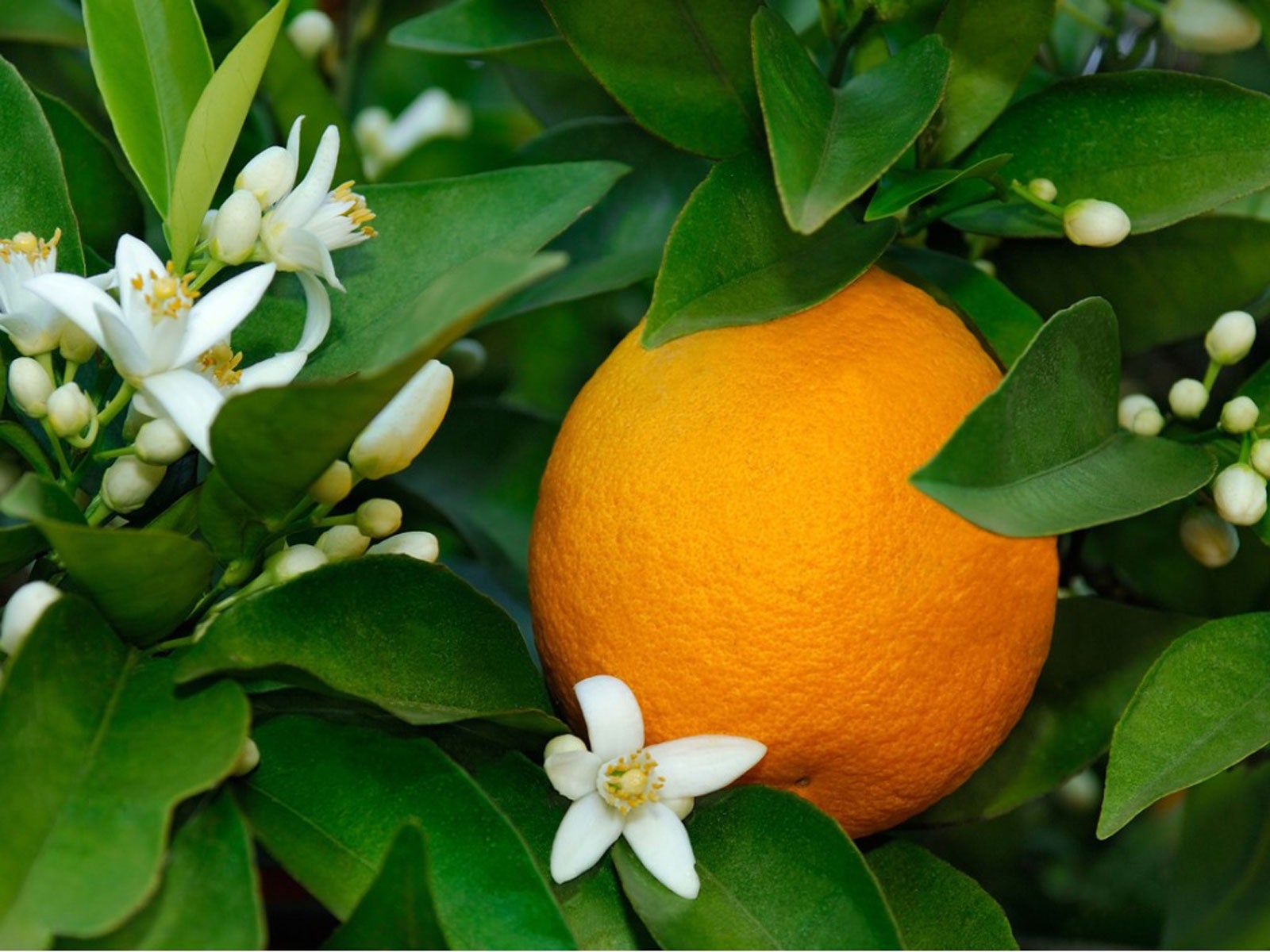 Flowering Orange Harvest: Tree Has Oranges And Flowers At Same Time
Flowering Orange Harvest: Tree Has Oranges And Flowers At Same TimeCan you harvest from a flowering orange tree? Should you allow both waves of fruit crops to come to orange harvest? Find out in this article.
By Teo Spengler
-
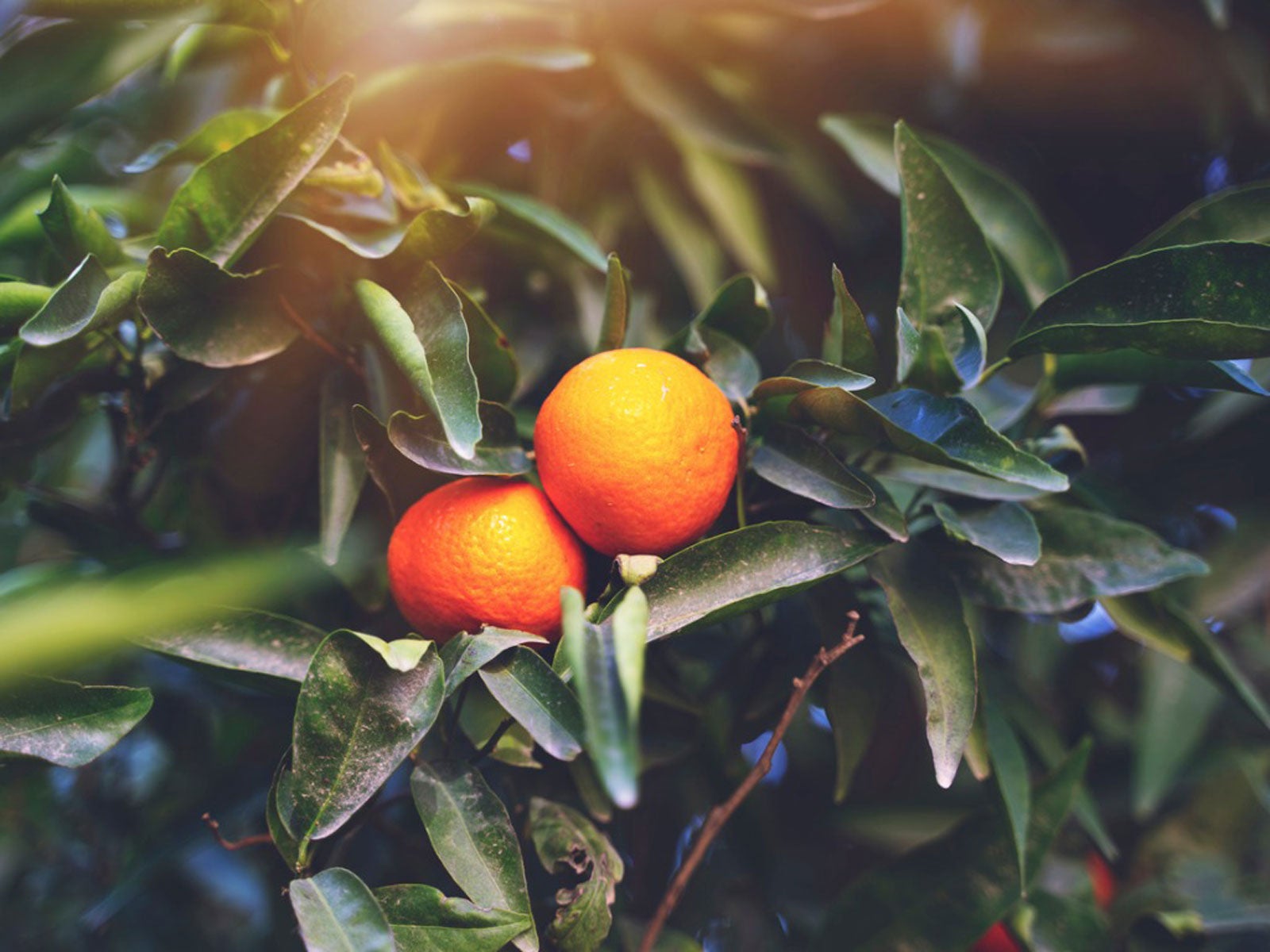 Small Orange Problem – What Causes Small Oranges
Small Orange Problem – What Causes Small OrangesThere are a variety of potential causes for small fruit on orange trees. Click here for an overview of causes of trees with small orange problems.
By Teo Spengler
-
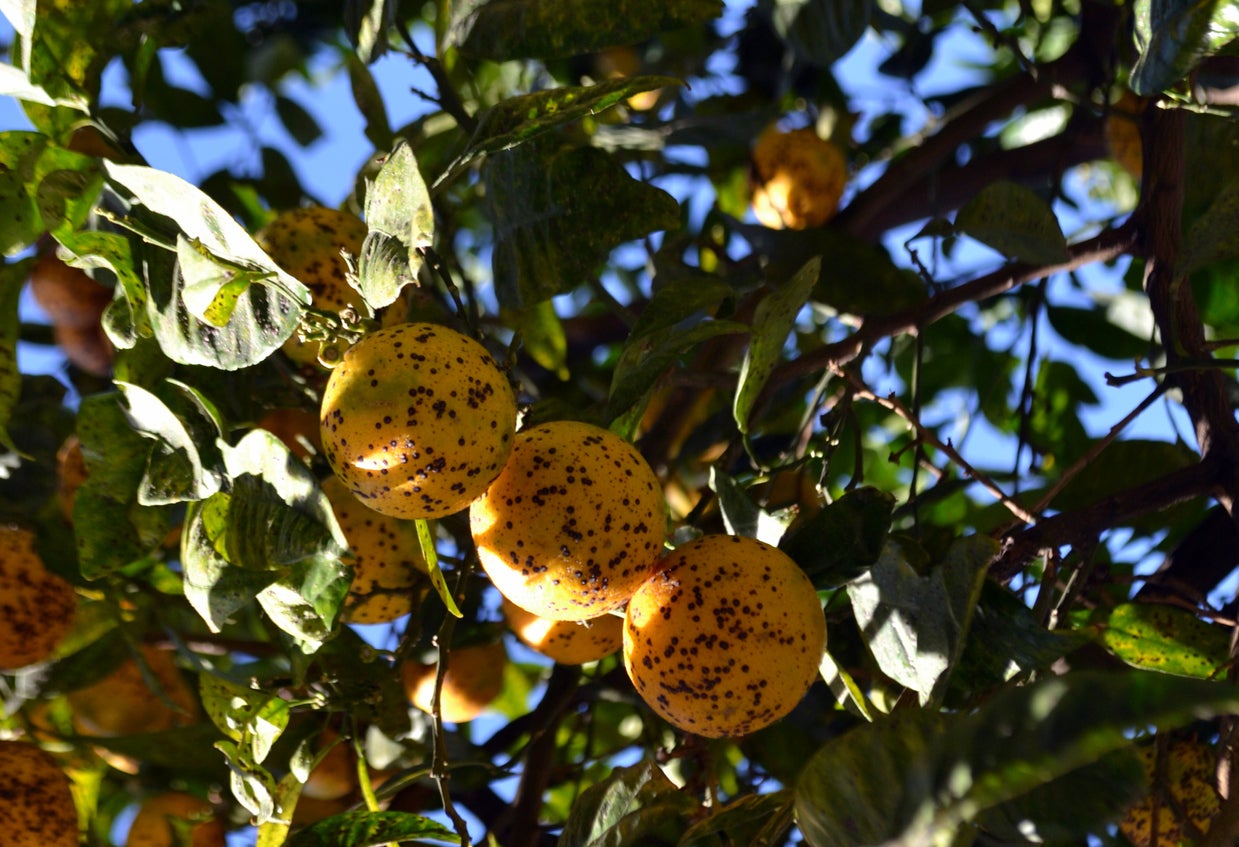 Diseases In Orange Trees: How To Treat A Diseased Orange Tree
Diseases In Orange Trees: How To Treat A Diseased Orange TreeGrowing oranges and other citrus can be a fun hobby for the home gardener, but it can also become derailed by disease. Know some of the main orange disease symptoms so you can catch and manage problems early and still get a great harvest of fruit. This article will help.
By Mary Ellen Ellis